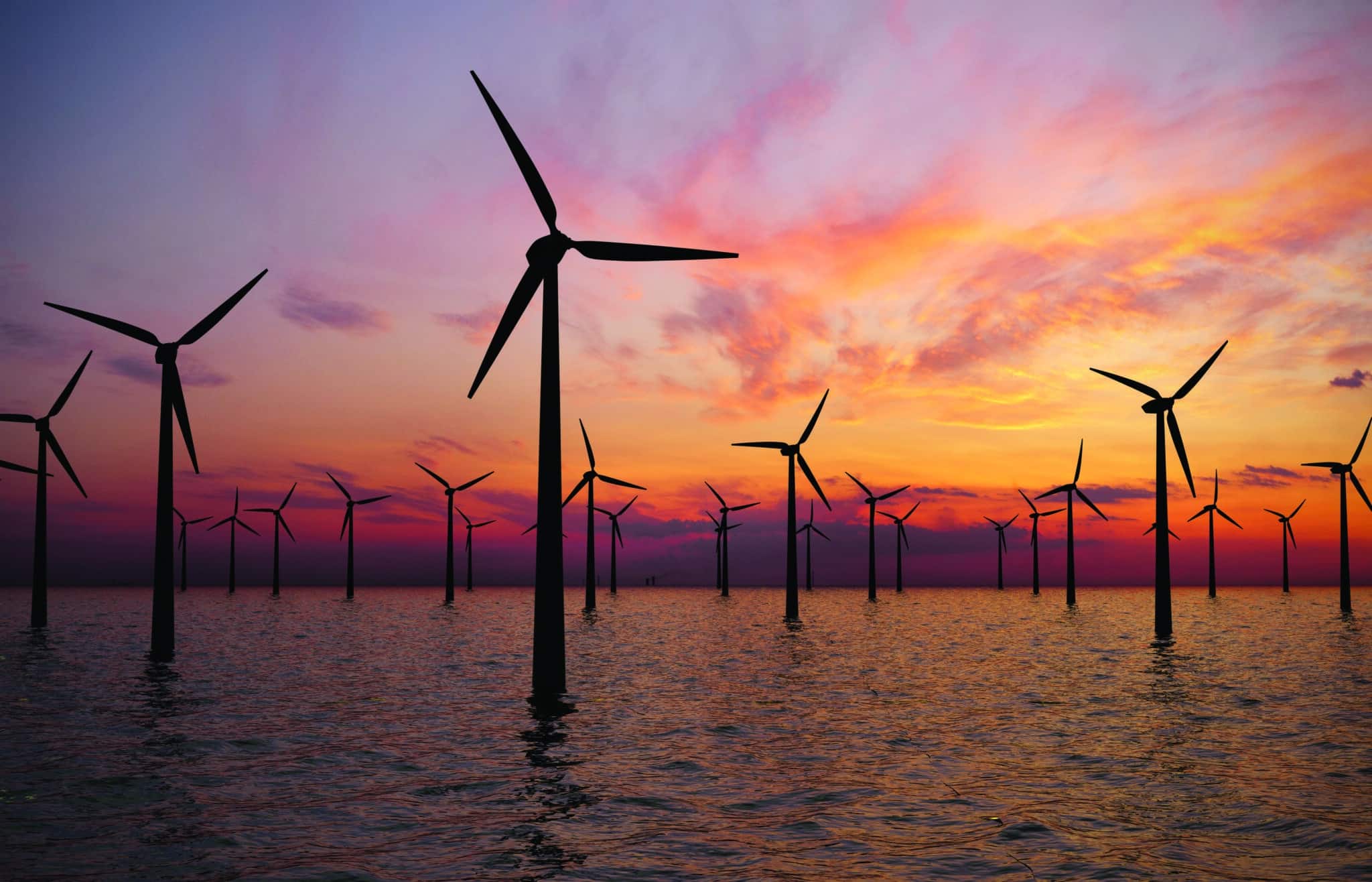Has a fear of the unknown on ground conditions intimidated the offshore wind industry into spending more than it needs to? Not anymore. Sean Goodman and Matt Grove believe the subsurface tables are turning, and see the signs of a change in mood and opportunity.
As we have noted here before, 2023 was a tough year for the offshore wind industry, including unexpected project cancellations, scale-backs and rethinks, plus a UK auction priced so low that it received not a single taker.
Yet, as we moved into the very last days of the year, the position shifted, and perhaps significantly.
Notably, the UK government rethought the price it is prepared to pay to offshore wind farms to generate electricity. In November 2023, the initial £44 per MWh that attracted such vigorous disinterest for the recent auction, was raised by more than 50% to £73 – a sign, perhaps, that the UK recognises the need to support the industry through this rough patch. The Department for Energy and Net Zero stated it made the move “following an extensive review of the latest evidence, including the impact of global events on supply chains,” adding that the price rethink “will help ensure projects are sustainably priced and economically viable.” *
(In January 2024, the European Wind Charter likewise seemed primed to change the offshore wind landscape, but we’ll explore that in a separate piece.)
Also, one of the stronger commitments to have come out of COP28 was an agreement by nearly 120 countries to triple global installed renewable energy by 2030. Offshore wind is seen as a major component in reaching that ambitious goal, thus promising a substantial boost in business. Maybe even more than the industry is currently geared up to handle.
And there could lie the thorn in what should be a more confident 2024 for the offshore industry. Even if new business is materialising and the price is right, scaling up to meet these targets will be a massive challenge. It will call for cheaper, faster and more sustainable construction, and we believe that can only come from improved technology, data and analysis.
Cutting costs without increasing risk
There was a time when the response to ground condition uncertainty was to embrace a belt-and braces approach to the engineering, opting for monopiles larger and deeper than the circumstances actually required. Without the tolerances that would have enabled the industry to design more efficiently, this over-engineering delivered the certainty, but negatively impacted efficiency, costs, and speed of construction.
But that world has changed. First the cost and the time it takes to over engineer foundations to such degree – as insurance against uncertainty – is no longer supportable. The constantly increasing price of materials, fabrication and transport has to be addressed if offshore farms are to be profitable and make the energy contributions required – especially as those requirements will likely need wind capacity (including wind farms and potentially turbines themselves) to grow still larger.
And second, it’s simply no longer even necessary to do that.
Using the latest Seequent solutions for subsurface analysis, our understanding of ground conditions, in particular the nature of the soils and sediments monopiles are being driven into, is far more detailed and insightful than it used to be. We can tell which will support piles to be deeper or shallower, the stability they can offer, those areas more likely to lead to pile run, and even how vulnerable they might be to scour. This can inform not only the dimensions and mass of the piles being employed, but intelligently shape their type, design and positioning to optimise the amount of steel needed, while still creating the robust and resilient foundations the industry requires.
Better understanding the soils and sediments you are trenching into, and their capacity to dissipate heat, can also inform your choices on the materials and nature of the cables required, and how deep they need to go, helping to prevent failure and extend lifetime.
Does the industry believe it can rise to the challenge?
Finally, a recent study by research consultancy Newton noted that confidence among offshore wind decision-makers was good when looking at the natural evolutionary growth of offshore wind power around the UK. With 10 to 15GW of development already funded, 80% of those surveyed were sure of the country’s ability to hit 30GW by 2030.
But once more optimistic targets were mentioned, confidence fell rapidly. Only 40% felt equally positive about reaching 40GW, and when it came to the UK’s self-avowed target of 50GW, only eight of the 200 decision makers questioned believed it was achievable.
True, the reservations they raised were broad and sometimes UK-specific, from a lack of port, vessel and labour capacity to the inability of the National Grid to be upgraded fast enough.
However, de-risking projects – and better subsurface understanding is crucial to that – also featured in the top priorities for many organisations, and it’s not unreasonable for that to be typical in boardrooms across the globe.
Some industry observers have also wondered if what the sector needs now is a little less striving for far-horizon innovation or technological boundary breaking, and a little more laser-focus on pushing down costs and making the most of the technology to hand.
One message is clear, while bigger was better, it no longer has to be.
*https://www.gov.uk/government/news/boost-for-offshore-wind-as-government-raises-maximum-prices-in-renewable-energy-auction





